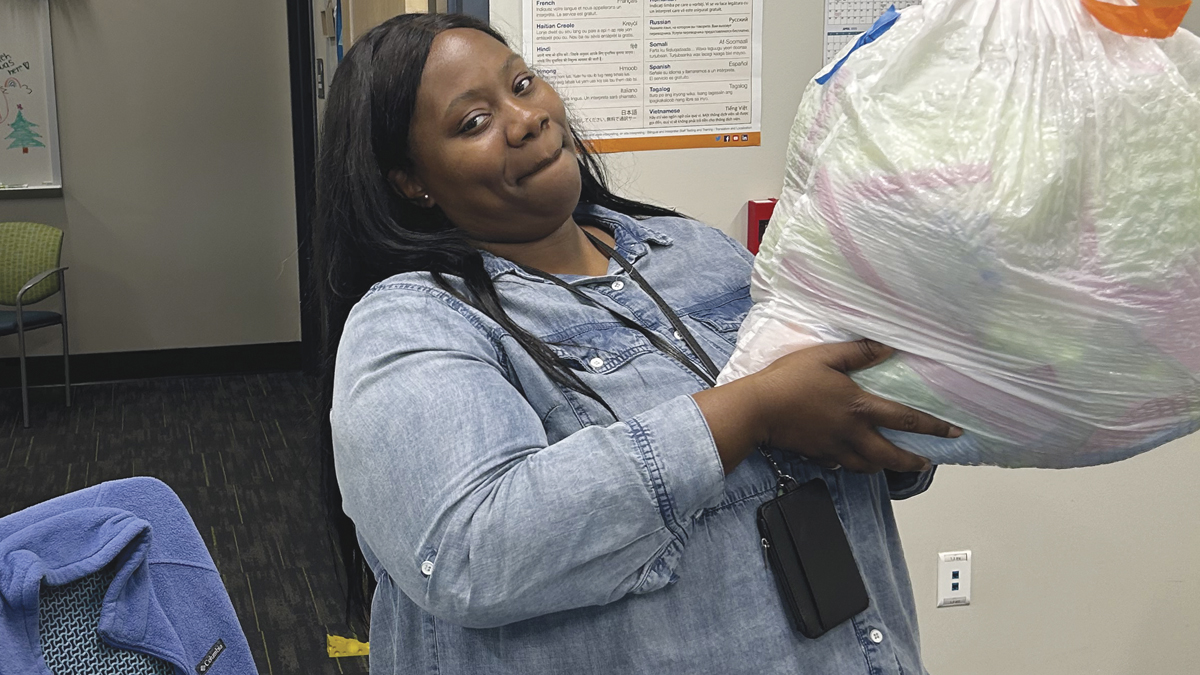Vitamin D is an essential element of our bodies’ infrastructure, protecting our bones, skeletal and muscle health – and yet 42% of us are deficient.
You may be thinking you probably aren’t in this group. After all, you just spent a summer at the beach, you walk, play with the kids outside and participate in other outdoor activities. Sorry. That’s just not going to be enough, according to Dr. Bijal Desai, who practices with the Bon Secours Internal Medicine and Diagnostic Group in Greenville.
She explained that to absorb vitamin D organically just by being in the sun, your skin must be unprotected. Most of us have gotten the message over the years that the sun’s unprotected rays are dangerous, so we lather on sunscreen. That’s important to protect from potentially cancer-causing exposure to UV rays but it also blocks vitamin D absorption.
To complicate matters, she explained, “Testing for vitamin D is not routinely recommended for low-risk patients.” So normal blood tests are not going to give you an important heads up.
Vitamin D’s critical contribution to our health is in strengthening bone and muscle health, which can help prevent the risk of falls and of more serious breaks if you do fall. Common signs of vitamin D deficiency would be fractures that don’t heal or take longer to heal, general fatigue and muscle pain or weakness.
Certain health conditions and medications can contribute to the deficiency, such as Celiac disease, liver or kidney disease or taking steroids or anticonvulsant medications, Dr. Desai noted.
Demographically, if you’re older, the news is good. This is one area where you are no more vulnerable than a 30-year-old. According to the Centers for Disease Control and Prevention, the risk for deficiency increases in the young but levels off in men after age 30 and women after age 18. But the deficiency disproportionately affects those with dark skin. The National Institutes of Health reported that the highest rates are seen in African Americans at 82% and Hispanics at 69%.
Diet is also not a significant source of Vitamin D. Dr. Desai noted that oily fish like salmon and sardines, milk, egg yolks and fortified foods and cereals will provide some additional vitamin D – but probably not enough.
Dr. Desai recommended that everyone take a daily supplement of 600 to 800 IUs each day. She warned, however that even over-the-counter supplements can have consequences, depending on each individual’s health condition. So make sure you speak to your doctor before taking vitamin D or any other supplement.
Those who are homebound, institutionalized, suffering with osteoporosis or who do little outdoor activity may need more than an over-the-counter dose.







